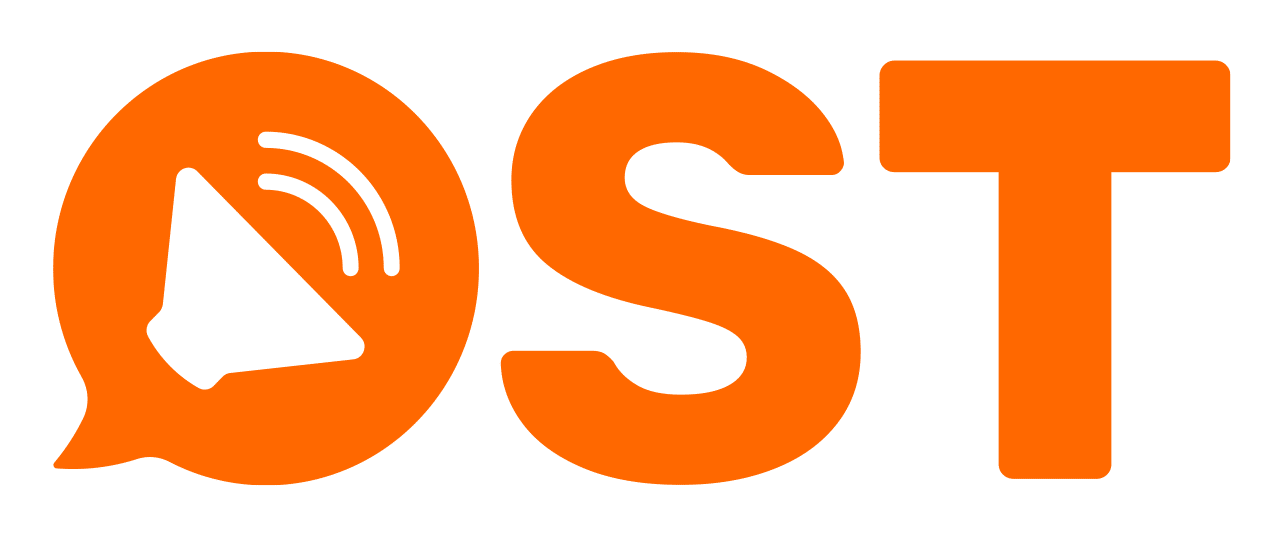8 Tips to Maximise Your Paid Social Advertising
Advertising spend was down in 2020* across all channels, with marketing budgets being mercilessly slashed. Regardless, there are still targets to meet, leads to convert, and potential customers to reach, and prospects for the advertising industry in 2021 are looking up. Social media could be the most effective area to focus your budget, in terms of cost and impact. Here’s why.
Did you know that social media influences 84% of senior B2B buyers when it comes to making a purchase?**
Conner Leech, Senior Paid Social Manager at OST Marketing has bags of experience implementing and optimising social media advertising campaigns for a variety of clients across different sectors. Here are his top tips on how to get the best ROI from your paid social advertising.
-
Determine your #goals
What are you trying to achieve? We know it sounds obvious, but a lot of marketers consider paid social as a tick box exercise – as long as there’s something running, something is sure to come out of it, right?
Think about your objective before you even consider content or platform. Are you trying to build awareness of your brand by reaching as many new people as possible? Do you want people to engage with your content or to make a specific action, such as visit your website or give you their sweet, sweet data?
Think about your overall business objectives and KPIs, how does what you’re asking your audience to do fit in with that, and what metrics are you going to report on to measure success? If you’re not sure, talk to your colleagues or whoever has briefed in the campaign and ask them to justify their reasoning. This should form the design, copy, and entire message of the ad – not just the build.
-
Don’t be scared to ignore channels
Whether you’ve got a smaller budget or a more targeted campaign to run, don’t be afraid to miss out on one or more of the channels available. Don’t stretch your budget just because you’re used to hitting all the channels, instead focus on areas where you know your audience are from previous campaigns.
Before you do anything, you need to consider your objective; what are the desired outcomes of this campaign? If you’re a B2B company looking to generate leads and you know the majority of your audience are cemented on LinkedIn, focus your energies there to get the best return. If you’ve got a great piece of video content to generate traffic, focussing on Instagram and Facebook could be your best bet. Long story short, consolidate, think about your audience, and put your money where they are.
-
It’s ok to exclude people (only in paid social, in real life – that’s just mean)
If your potential audience is spanning to the millions, reaching and engaging all of them just isn’t feasible with a smaller budget. Don’t be afraid to narrow your audience and exclude people with a lower chance of engaging or converting. Ad/campaign managers will normally give you an estimate of the audience size you’re likely to reach with the targeting you’ve chosen. Don’t be scared to experiment with different variables to see how it affects your audience size.
It is essential that you know your audience. Consult personas, look at analytics and peak times. If your service doesn’t operate on the weekends or the evenings, probably best to not advertise your ‘get in touch!’ campaigns at these times and instead focus on when you can deliver the best customer experience.
-
Test, test, test!
Every single campaign you run should be delivered to at least two different audiences. Even if you’ve got a tried and tested system for targeting, platforms and activity are constantly changing, and there may be an untapped market you could access by just testing a few tweaks.
Don’t be complacent, and don’t get too comfortable. Even if you’re working with a smaller budget, you can still split test and turn audiences on or off throughout your campaign.
As well as audience testing, every ad you run should have three to four copy and asset variants. It’s very hard to predict what kind of creative asset will outperform the other, so covering all bases is a good place to start. You can then use those handy UTM parameters to measure which is working best.
-
Don’t believe the (bidding) hype
Automatic bidding is tempting, but you can still win an auction by bidding less than the recommended amount.
Whoever wins the bid isn’t just down to the highest amount of money on the table, it also considers the overall value to the targeted audience by measuring contributors like ad quality, estimated reaction, and optimisation.
Try going under the recommended bid, and see how it affects the forecast results in terms of clicks and leads. If your campaign isn’t delivering, your bid could be too low. Don’t forget that you can change the amount you bid while the campaign is live, try adding an additional 10p to enter better auctions, and keep testing until you find that sweet spot.
Did you know? Australia has the highest average cost per click on Facebook***
-
Consult your analytics
If you’ve previously run ad campaigns, you’ll have analytics available in both the respective campaign/ad manager dashboard and Google Analytics. Before you decide what platform or placements to use, where have your clicks come from previously? What kind of content has historically delivered the most effective traffic?
If you haven’t already, make sure you set up UTM parameters for an in-depth look into exactly how your ad is performing in certain placements, on a post-by-post basis. This will enable you to stop any that aren’t performing well, and optimise ones that are. This will also inform future campaigns so you can focus on where your audience is engaging with you most.
This is essential if you’re working with a smaller budget to avoid wasting any spending that could be reinvested elsewhere.
Regardless of budget, every single website and landing page should have the Pixel or Insight Tag installed from their social channels. This offers up priceless access to new types of audience builds for retargeting. A customer has visited your site, put products in their basket but not checked out? With a pixel/tag installed, you’ll be able to strike while the iron is hot and convert, convert, convert.
Conner’s golden rule: A smaller budget requires more time. Make up for the deficit by paying more attention to your ads, delivering a better return.
7. Give it a personality
Think person to person, not business to business. Just because you’re running a B2B campaign, it doesn’t mean the person on the receiving end is a business robot. The same rules apply when creating content for any consumer, it needs to engage and entertain.
We all know video is king, but how does that video offer value to your customer? From showcasing your customers to celebrating your staff, take a leaf out of the B2C book and see what content ideas you could bring over to your B2B strategy.
It’s so important to remember that you’re talking to humans, not businesses.
8. Never stop learning
Social media channels are never the same year on year. With constant developments and innovation, it’s important to stay up to date with new opportunities and changing features, to make sure you’re getting the most from your paid social advertising. Does the latest Instagram Story feature mean a new way to communicate with my audience? Will this new update make any processes easier and streamline the customer journey?
Don’t get complacent, there is always something new to learn – but likewise, there is always someone to ask for advice. Make use of the agents from each channel, don’t be scared to ask – that’s what they’re there for.
Want to know more about paid advertising strategy, or got a question for our experts? Our Paid Social team, led by Conner, works across all social channels to create meaningful connections and are committed to achieving the best results for all of our clients across social media advertising.
*https://adassoc.org.uk/our-work/uk-ad-spend-to-recover-faster-than-key-international-markets-in-2021/
**https://business.linkedin.com/content/dam/business/sales-solutions/global/en_US/c/pdfs/idc-wp-247829.pdf
***https://medium.com/social-media-tips/how-does-facebook-ads-bidding-work-and-how-much-do-ads-cost-e8dab524d7b0


